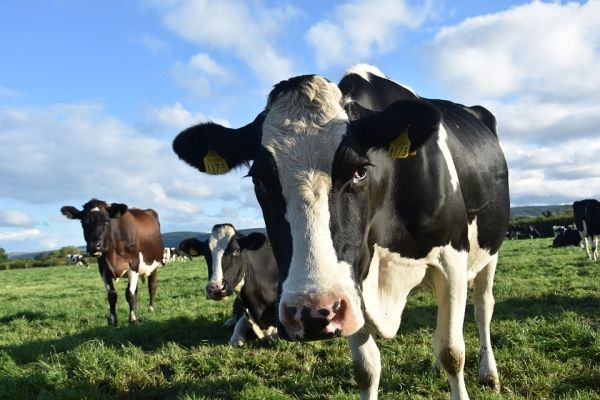Cattle or sheep grazing on pastures where the parasite is present can become infected with liver fluke, which develops in the liver of infected animals, leading to a disease called fascioliasis. Current estimates suggest liver fluke contributes to around £300 million annually in lost productivity across UK farms and $3 billion globally.
Until now, risk predictions have been based on rainfall estimates and temperature, without considering the life-cycle of the parasite and how it is controlled by levels of soil moisture. This, combined with shifts in disease timing and distribution attributed to climate change, has made liver fluke control increasingly challenging.
A new tool for farmers has now been developed by the Bristol team to help them mitigate the risk to their livestock. The model, which works by explicitly linking liver fluke prevalence with key environmental drivers, especially soil moisture, will help farmers decide whether they avoid grazing livestock on certain pastures where liver fluke is more prevalent, or treat animals based on when risk of infection will be at its peak. Importantly, the model can be used to assess the impact of potential future climate conditions on infection levels and guide interventions to reduce future disease risk.
Read more at University of Bristol
Photo Credit: PhilippT via Pixabay


